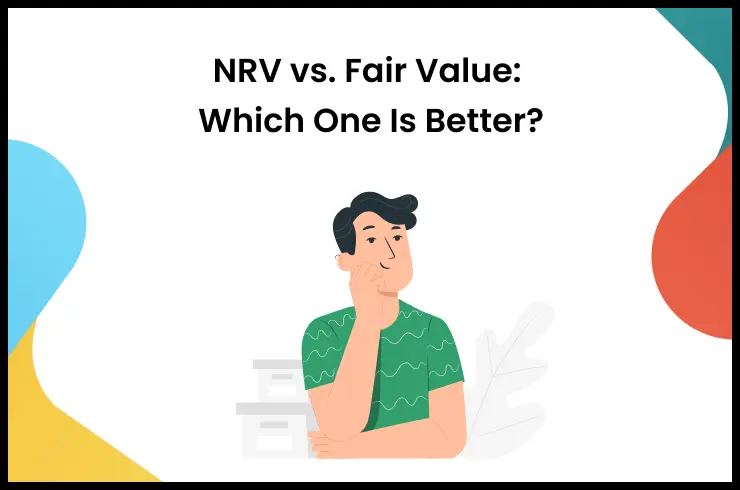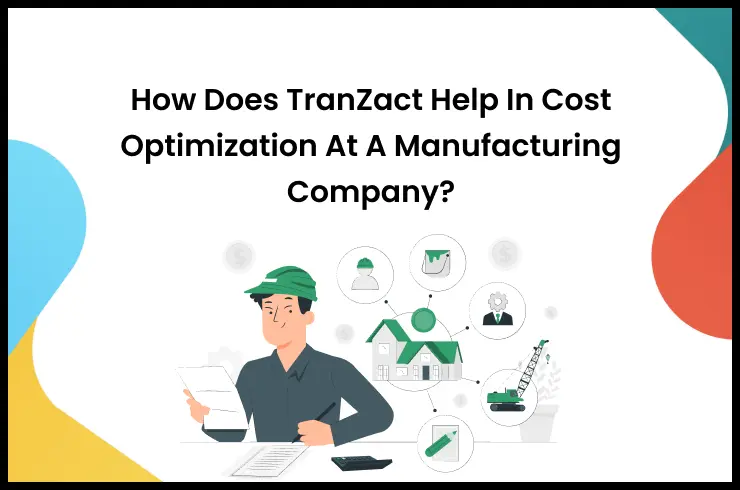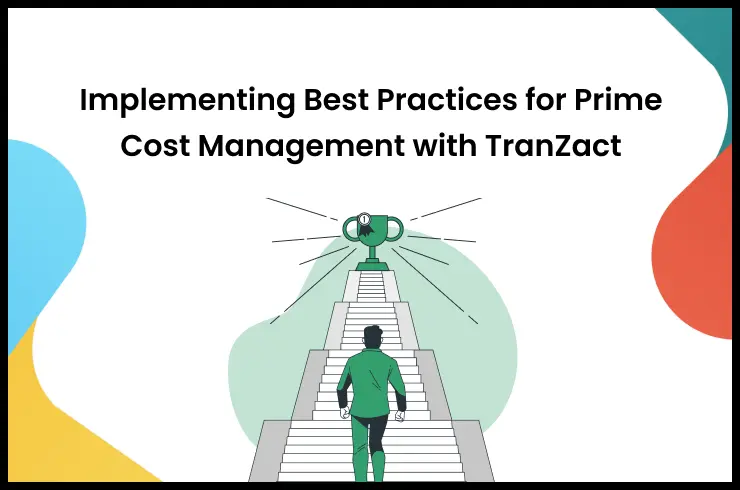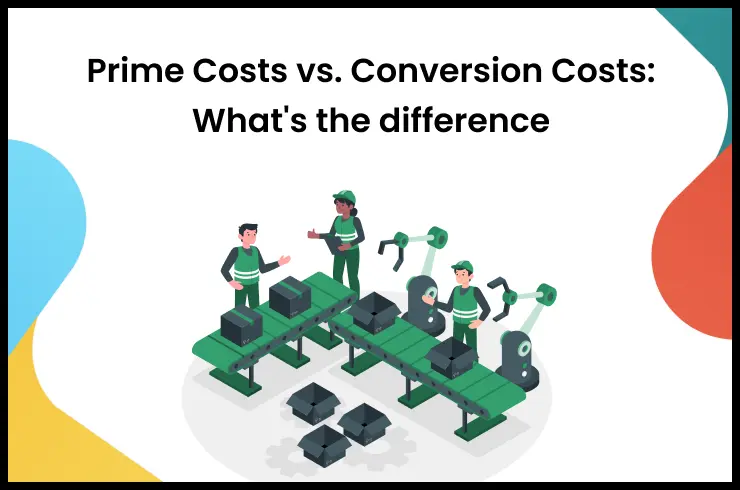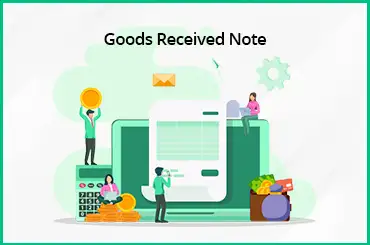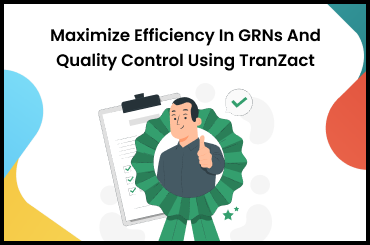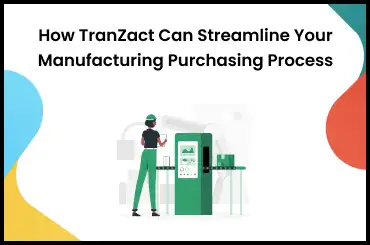Navigating through challenges in procurement management while making profits can be hard for a manufacturer. Whether they have a problematic supplier or a lack of transparency within the company, identifying those issues and resolving them is important.
When it comes to Indian manufacturing businesses, supply risks are always the major purchasing problem. From managing supplier relationships to optimizing procurement, manufacturers face many challenges during procurement.
In this blog post, you’ll learn about the 10 most common purchase management challenges that affect Indian SMEs, along with the best purchase management strategies to overcome those issues.
Understanding Purchasing Problems
Let's begin with the importance of identifying all purchase problems and their common causes below.
Importance Of Identifying Purchasing Challenges
Many Indian SMEs suffer from purchasing problems during their production processes due to issues like poor transparency or outdated software. In a manufacturing business, finding purchase problems is the first step towards profitable and faster operations.
By identifying these issues, you can choose strategies to regulate procurement processes and boost supplier relationships. Here are several more reasons why you should identify purchase problems in your manufacturing company:
- Cost savings
- Supply chain strengthening
- Reduced lead times
- Data-driven decision making
- Customer satisfaction
- Regulatory compliance
Common Causes Of Purchasing Problems
Challenges in purchase management can create a range of errors, including higher lead time, slower delivery, and waste if not addressed soon. Here are the common issues:
- Lack of stranded processes and procurement guidelines leads to production delays, equipment errors, and inconsistencies.
- Poor training and knowledge of procurement staff can lead them to struggle with cost negotiations and finding cost-saving changes.
- Bad communication within and across departments can cause delays, misunderstandings, and lost opportunities.
- Poor supplier selection and management can lead to poor-quality consignments, late deliveries of raw materials, or even higher costs.
- Manual, outdated purchase order systems can cause human errors, difficulty in tracking orders, poor production management, and quality issues.
- Lack of transparency into production costs can lead to missed saving opportunities, cost overruns, and less profitability.
- Poor quality control measures can cause customer dissatisfaction due to product defects and complaints. These can affect your company’s reputation and credibility in the market.
- Inventory imbalances due to poor demand forecasting can lead to issues like excess inventory levels or stockouts. In both cases, you are going to suffer financial problems, lost sales, higher carrying costs, and potential write-offs.
What Are The 10 Common Purchasing Order Problems?
Here are the top 10 common purchasing order problems to help you identify and fix those efficiently.
Issue 1: Inaccurate Procurement Data
Having accurate data always helps in procurement. The right information helps your teams make informed decisions regarding supply chain management. However, many Indian SMEs fail to collect accurate and consistent data. Sometimes suppliers provide unmatching data, and many other obstacles arise.
Issue 2: Inefficient Vendor Management
Choosing the right supplier for your procurement needs is as important as providing high-quality products to your customers. It helps you improve your production operations, manufacture products faster, and customer satisfaction. Many manufacturing businesses choose incapable vendors who can’t complete their quantity, quality, or delivery-related requirements. These issues can affect your production, causing delayed deliveries, increased product costs, and more.
Issue 3: Ineffective Purchase Order Management
Effective purchase order management helps you acquire high-quality raw materials and services on time. With better coordination, procurement planning, and execution of orders, you can achieve this and boost your production easily. Manufacturers can sometimes ignore proper purchase order management. This can lead to order mismatches, inventory imbalances, delayed deliveries, and more.
Issue 4: Lack Of Transparency In Costs
Transparency in purchase decisions, orders, or sourcing expenses informs you of accurate cost estimates. It improves internal collaboration of departments in achieving the targeted cost goals. Various manufacturing companies in India lack transparency in their costs, which affects their budgeting, negotiations, and decisions.
Issue 5: Poor Inventory Control
Maintaining inventory levels is important for cost savings, better cash flow, and higher profits. A proper inventory control system helps you prevent overstocking or shortages and improve your production schedule. However, a survey done by the NAW (National Association of Wholesaler-Distributors) found that inventory management was a top challenge faced by manufacturers.
Issue 6: Disruptions In Supply Chain
A supply chain is a network involving a manufacturer, supplier, and logistics. Within a business’s supply chain, you get raw materials, store them, produce goods, and deliver them to your customers. It helps you improve your supplier collaboration, improve product quality, and reduce inventory costs. However, managing and overseeing a complete supply chain can be challenging for manufacturers. Lack of visibility into the supply chain, labor shortages, and digitalization are some of the issues faced by manufacturers.
Issue 7: Problems In Quality Control
Quality control in the manufacturing industry involves testing raw materials and checking if they meet the required specifications or not. Although it’s an important part of the purchasing process, many ignore this and rely only on cutting production costs for profits. It leads to poor quality products, more complaints, and a poor market reputation.
Issue 8: Flawed Demand Forecasting
Demand forecasting is a process by which you calculate the demands of a certain product based on historical sales data. It lets you plan your resources, machinery, supply chain, and delivery altogether. However, it can be challenging as it requires analysis of other factors like market fluctuations, cycling trends, and seasonal ups and downs in demand. The lack of historical data is the most challenging part of demand forecasting. It leads to false results and also affects long-term profits.
Issue 9: Legal And Regulatory Issues
Legal and regulatory compliance is important for the manufacturing industry, especially within purchasing processes. From investigating suppliers before closing a deal to performing regular audits, complying with these processes is necessary to avoid any legal actions. However, it can be challenging to follow all the rules without a proper strategy or a purchasing management solution. This can lead to poor market credibility and legal penalties.
Issue 10: Technology Usage
Technology like purchase management software is an important part of the manufacturing industry. It helps in improving supplier relationship management and provides real-time analytics and communication. Although it’s an important part of modern-day manufacturing, many businesses still rely on outdated technology or manual power. These can lead to poor inventory, lost procurement details, and even security issues.
Potential Solutions To Common Purchasing Problems
Effective purchase management is important for a business. It helps them make sure that they obtain raw materials or services at the best prices, quality, and delivery terms. Here are the potential procurement problems and solutions to help you improve your profits and customer satisfaction:
- Inaccurate procurement data: To get rid of these issues, you can start with informed supplier selection, performance monitoring, and strategic planning.
- Inefficient vendor management: To improve these issues, you can conduct thorough evaluations and mention clear expectations. You can also build strategic communication with your vendors.
- Ineffective purchase order management: To improve your purchase processes, you can use purchase order management software to automate order tracking and other processes.
- Lack of transparency in costs: To increase transparency in your manufacturing companies, you can use cost-tracking tools, analyze expense patterns, and negotiate pricing with suppliers.
- Poor inventory control: To improve your inventory management, you use the JIT approach, understand your supply chain, and choose the right inventory software.
- Disruptions in the supply chain: To improve your supply chain management, you can work on your shipping, warehousing, and supplier relationships.
- Problems in quality control: To improve your quality control processes, you can ask for accurate item specifications. You can also write a supplier compliance manual and improve your vendor relationships to improve your quality control system.
- Technology usage: You can implement purchase order management software like TranZact to improve your procurement processes. It can help improve your production speed and reduce manual data-entry errors.
What Should Consider When Adopting Purchasing Management Software?
Investing in reliable purchase order management software is necessary for manufacturers in India. Here are a few considerations you must look for in purchasing management software:
- It should meet the requirements of your growing business (Scalability).
- It should be able to integrate with other software and tools.
- It should have an easy-to-use interface.
- It should be in your budget.
- It should be capable of tracking expenses and storing transaction records accurately.
Overcome Every Purchase Management Challenge With TranZact
Running a manufacturing business in India can be challenging due to various complex regulations, vendor issues, and more. From inaccurate demand forecasting to poor quality control processes, these issues can also affect your business at a core level. In this case, having a proper strategy and reliable purchase management software can work in your favor.
TranZact purchase order management software helps you automate your expenses, procurement data storage, purchase invoice creation, and a lot more. It also helps you automate your entire inventory and purchase order cycle, handling most procurement challenges. Invest in TranZact now to overcome all the purchase management issues in your manufacturing business.
FAQs
1. How can businesses overcome purchase order problems?
A manufacturing business can overcome purchase order problems by:
- Using purchase order processes designed specially for their company’s needs.
- Implementing digital, integrated, or automation software like TranZact.
- Developing a tracking and reporting system for their purchase order activities.
2. What are the top 5 challenges facing the procurement department today?
The top 5 challenges of procurement process faced by manufacturers today are as follows:
- Poor inventory management
- Inaccurate data
- Absence of technology
- Supplier selection
- Inaccurate demand forecasting
3. Why is supplier relationship management important in procurement?
Supplier Relationship Management helps business owners make better sourcing decisions. It helps them reduce vendor performance risks and improve communications with suppliers.
4. What role does purchasing management software play in overcoming procurement challenges?
Purchasing management software allows you to automate your entire source-to-pay cycle. From analyzing and managing your procurement expenses to invoice generation, it gives you total control over procurement processes.
5. How can I improve inventory management in purchase management?
You can improve your company’s inventory management in purchase management by setting minimum stock levels, understanding supply chain, and investing in inventory management software.









